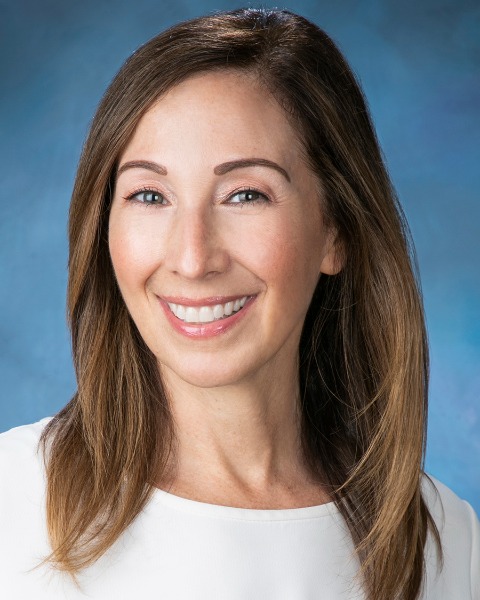Pediatrics (P)
(PP1101) Auditory Neuropathy Spectrum Disorder and Chudley-McCullough Syndrome: A Case Study
- OE
Olivia Emerson, BS
Student
Nova Southeastern University
Delray Beach, Florida, United States - SM
Simone Morgan, BS
Co-presenter
Nova Southeastern University
Davie, Florida, United States 
Erica B. Friedland, AuD
Chair and Associate Professor
Nova Southeastern University
Fort Lauderdale, Florida, United States
Lead Presenter(s)
Presenter(s)
GPSM2 mutation causes a rare autosomal recessive disorder called Chudley-McCullough syndrome (CMS). This syndrome is characterized by sensorineural hearing loss and multiple, complex brain abnormalities. There is scant research about CMS with less than 40 cases reported worldwide and only one report that discusses auditory neuropathy spectrum disorder (ANSD) in individuals with CMS. This case aims to outline the spectrum of the disorder, presenting history, and audiologic test results of a pediatric patient with a recent diagnosis of CMS and ANSD. Clinicians should educate themselves on the audiologic features of CMS to best manage these individuals.
Summary:
Introduction
Chudley-McCullough syndrome (CMS) is caused by an extremely rare autosomal recessive genetic mutation of the protein coding gene GPSM2 (Mauriac et al., 2017). GPSM2 is essential for spindle position during mitotic cell division in multiple tissues. In the ear, GPSM2 is essential for maintenance of stereocilia development, cell polarity, growth cone actin dynamics, and spindle orientation. The mutation is present in the cochlea, utricle, saccule, and semi-circular canals in both hair cells and supporting cells, resulting in protein abnormalities in the stereocilia of both the auditory and vestibular systems (Mauriac et al., 2017). CMS results in severe to profound hearing loss, hypoplasia of the corpus callosum, ventriculomegaly, arachnoid cysts, frontal polymicrogyria, and cerebellar dysplasia. Despite these central nervous system malformations, individuals with CMS do not tend to have seizures or neurodevelopmental delay (Mauriac et al., 2017).
Case
ER is an 11-month-old female with ventriculomegaly of the posterior horns of the lateral ventricles, hypoplasia of the corpus callosum, and an arachnoid cyst. She initially presented to the clinic after failing her newborn hearing screening. Follow-up diagnostic assessment indicated auditory brainstem response, otoacoustic emissions, and acoustic reflex testing consistent with a diagnosis of auditory neuropathy spectrum disorder (ANSD). Subsequent testing confirmed the initial diagnosis. Several months later, behavioral testing indicated thresholds in the moderate to moderately severe hearing loss range bilaterally with continued present otoacoustic emissions. ER was subsequently fit with hearing aids bilaterally and began auditory training. Due to the ANSD diagnosis and the likely pre-synapatic origin of the hearing loss, cochlear implant consultation commenced.
Conclusions
This case discusses a rare presentation of a patient with CMS and ANSD. There is a paucity of literature of CMS and diagnosis of hearing loss before age two. Few studies have reported on treatment options, specifically cochlear implantation success in individuals with CMS. A recent study by Forli and colleagues (2019) reported that cochlear implantation is both a safe and feasible option for those with CMS to obtain satisfactory hearing and speech results. Special consideration for the required repeat imaging of the brain must be part of the treatment plan (Ozdemir et al., 2019). This case is clinically relevant to aid in the identification of children with abnormal neurologic symptoms and a diagnosis of ANSD so that genetic testing can be pursued. Early identification of these patients allows clinicians to have the necessary diagnostic information to provide the patient with the best possible treatment plan. It is recommended that children with CMS pursue amplification and a cochlear implantation evaluation to promote the best language and hearing developmental outcomes.
Learning Objectives:
- Recognize the diagnostic criteria for Chudley-McCullough syndrome, the audiologic features associated with this syndrome, and treatment strategies.
